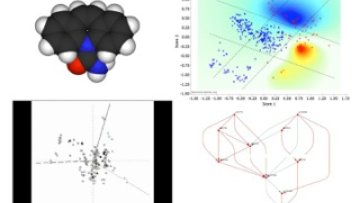On uniqueness and blowup properties for a class of second order SDES
Abstract
Abstract. As the first step for approaching the uniqueness and blowup properties of the solutions of the stochastic wave equations with multi-plicative noise, we analyze the conditions for the uniqueness and blowup properties of the solution (Xt; Yt) of the equations dXt = Ytdt, dYt = jXtj_dBt, (X0; Y0) = (x0; y0). In particular, we prove that solutions arenonunique if 0 < _ < 1 and (x0; y0) = (0; 0) and unique if 1=2 < _ and (x0; y0) 6= (0; 0). We also show that blowup in _nite time holds if _ > 1 and (x0; y0) 6= (0; 0).
This is a joint work with A. Gomez, J.J. Lee, C. Mueller and M. Salins.


